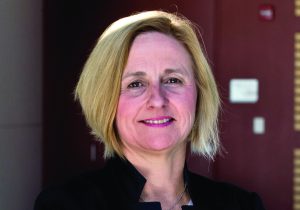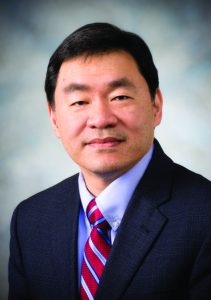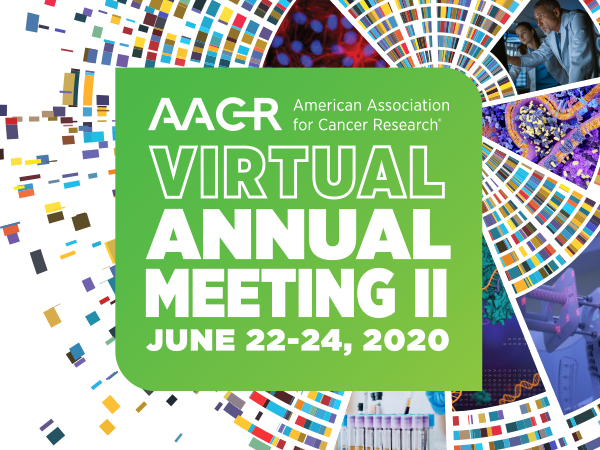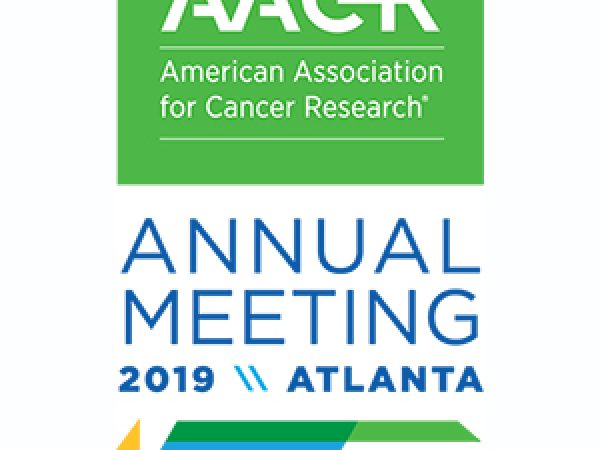What’s New in Immune Cell Therapy Research?
Since 2011, immunotherapy has emerged as an exciting new approach to cancer treatment that is yielding unprecedented, durable responses for patients with an increasingly diverse array of cancer types. Much of the excitement has centered around checkpoint inhibitors, immunotherapeutics that release the “brakes” on the surface of immune cells called T cells, some of which are naturally capable of destroying cancer cells. More recently, a second approach to harnessing the power of the immune system, known as immune cell therapy or adoptive cell therapy, has come to the fore. Instead of releasing the brakes on T cells, adoptive cell therapy boosts the power of the patient’s immune system by increasing the number of cancer-killing T cells.
Adoptive cell therapy is a complex medical procedure that is customized for each patient. It begins with the extraction of T cells. In the laboratory, these T cells are either genetically modified to target tumor-specific antigens and then expanded or are expanded based on their natural tumor reactivity. Once enough T cells have been generated, they are infused back into the patient to help mediate tumor regression.
There are several different types of adoptive cell therapy. One approach utilizes tumor-infiltrating lymphocytes (TILs) that are isolated from a patient’s tumor, expanded in number in the laboratory, and infused back into the patient. A second approach is to engineer the T cells harvested from a patient to express a tumor antigen–specific T-cell receptor (TCR) so that the T cells can recognize and attack tumor cells that express such antigens.
Currently, the only adoptive cell therapies approved by the U.S. Food and Drug Administration (FDA) are chimeric antigen receptor (CAR) T-cell therapies, tisagenlecleucel (Kymriah) and axicabtagene ciloleucel (Yescarta). CAR T-cell therapies are generated by genetically modifying a patient’s harvested T cells to express a novel chimeric receptor that recognizes a specific antigen on the cell surface. Both tisagenlecleucel and axicabtagene ciloleucel target cells that express CD19, which is expressed in many B-cell malignancies. Some patients have had remarkable responses following treatment with CD19 CAR T-cell therapy, but others have developed resistance to these approaches. Identifying ways to increase the number of patients for whom treatment with CAR T-cell therapy yields a remarkable response is one of the key challenges of the field.
To inspire new breakthroughs in the cutting-edge field of immune cell therapy research, the AACR is holding a special conference, Immune Cell Therapies for Cancer: Successes and Challenges of CAR T Cells and Other Forms of Adoptive Therapy, this week in San Francisco. We had the opportunity to speak with the conference cochairs Crystal Mackall, MD, the Ernest and Amelia Gallo Family Professor of pediatrics and internal medicine at Stanford University, and Patrick Hwu, MD, tumor immunologist in the department of melanoma medical oncology at The University of Texas MD Anderson Cancer Center, about some of the key topics that will be discussed at this meeting.
Immune cell therapies are currently a very exciting area of cancer research and medicine. Can you provide a little background on why the excitement is so palpable?
Mackall: The idea of adoptive cell therapies has been actively pursued for many decades, and it’s only been recently realized as a true therapeutic strategy for patients with cancer. We’re seeing all of the fundamental research finally pay off and discovering that there’s likely a lot more effective therapies to be delivered. It’s truly an exciting time in this area of oncology.
Hwu: Research in this area has been developing for the last 25 years, but it’s only been in the past 10 years that we’ve seen some of these therapies provide real, durable responses for patients. Now we’re seeing the clinical follow-through that’s been in the making for decades, and it’s very inspiring.
One of the major challenges in the field is how to target solid tumors with CAR T cells, and there is a plenary session at the meeting devoted to this topic. What are some strategies to overcome this challenge?
Hwu: One potential strategy is to identify antigens that are present on cancer cells that aren’t on normal tissues – if we can find the appropriate antigens, we might be able to engineer novel CAR T cells to specifically attack solid tumors that express such antigens. Another strategy is to fully explore other drugs in combination with CAR T-cell therapies. For example, there are drugs that we can use that block components of the suppressive tumor microenvironment, such as transforming growth factor beta (TGFβ) or vascular endothelial growth factor (VEGF), that may synergize well with CAR T-cell therapies. Alternatively, we could combine CAR T cells with drugs that stimulate the T cells, such as anti-4-1BB or anti-OX40. Another logical combination to fully investigate would be CAR T-cell therapy with checkpoint inhibitors. Combinatorial CAR T-cell therapeutic strategies will be discussed in another plenary session at this meeting.
Another challenge in the field is the scalability of many of these therapeutic strategies, which is discussed in another plenary session. In your opinion, what is the best way to scale up these processes and decrease the cost associated with adoptive cell therapies?
Mackall: This is very much an unanswered question – but an exciting question, in my opinion. You really get the feeling that we’re at an incredible point in time where we will witness dramatic advances in the technology that enables scaling, such as novel automated platforms and new ways to clinically manufacture T-cell therapies. These breakthroughs will allow autologous products to be produced more reliably, more efficiently, and perhaps at a reduced cost compared to what we’re seeing now.
Thus far, much of the excitement surrounding immune cell therapies has focused on CAR T-cell therapy. What are the most exciting alternative immune cell therapies being presented at the meeting?
Mackall: Recent advances in both TCR T-cell therapies and TIL therapy will be discussed at the meeting. I think that TIL therapy is finally getting the attention that it deserves – it clearly has reproducible activity, especially in melanoma, and it’s being tested in other solid tumor types as well. I think there will be some good discussions around natural T cells that aren’t engineered, be they tumor-infiltrating or simply antigen-specific cells selected from patients. Additionally, I think that all of the enthusiasm around CAR T-cell therapy is adding to the kind of technologies that we need to make all adoptive cell therapies potentially easier to commercialize.
Hwu: Another area under development are adoptive cell therapies that utilize natural killer (NK) cells. These innate immune cells are unique killing machines that do not require priming by antigen-presenting cells, enabling them to quickly kill cancer cells. Research in this area, including the selective expansion of NK cells, will be presented at this meeting.
Several adoptive cellular strategies incorporate a personalized approach to recognize patient-specific neoantigens. How do you see this area of research moving forward?
Mackall: This approach was pioneered by Steven Rosenberg, MD, PhD, and some people have expressed the notion that this method is impractical and not feasible. However, the commercial sector has started to invest in this area, both for vaccines and for engineered TCRs. Once the costs of goods come down, and the efficiency of manufacturing improves, the idea of engineering a personalized product may actually become a realistic option. We’ll be hearing about the results of some of those approaches at the meeting as well.
Hwu: The scalability and engineering aspects of this approach remain challenging at present, but this method has proven successful in some patients. An in-between or stepping-stone approach would be to partially personalize a therapy – we could generate a library of off-the-shelf CAR T cells or TCRs that target common antigens, and once the specific antigens that are expressed in the patient are identified, we could administer the corresponding T-cell treatment. This approach would be a little more scalable and less time-intensive.
What are the areas of adoptive cellular therapy to watch?
Mackall: We’re all going to be watching very closely for potential signals in solid tumors. The field is poised and ready to invest the patience, energy, and money needed to realize this dream. While there are several promising preclinical signals, what we’re truly waiting for is a consistent signal – even if it’s at a low frequency – in solid tumors.
In addition, I think that we’re going to see advances in manufacturing and engineering that will improve the efficiency of these therapies. I also see the field of bioengineering coming together with synthetic biology, fundamental T-cell immunology, and molecular biology – there’s sort of a convergence of fields that will enable us to make more sophisticated T cells. There’s going to be a lot of innovation in this space in the coming years, and it will be an exciting area to watch.
Hwu: To date, most of the receptors in these strategies have been engineered to change the antigen specificity of a patient’s T cells, with either a CAR or a TCR. However, I think that there’s going to be a lot of exciting work that will investigate ways to change the phenotype of the T cell in order to enhance their resistance to the negative effects of the immune microenvironment. For example, Carl June, MD, and colleagues are studying the use of CRISPR to genetically remove PD-1 from CAR T cells to enhance their tumor-killing potential. There are so many untapped ways that we can genetically manipulate a T cell to make it better, to improve its ability to kill cancer cells. That’s an area that’s going to be especially exciting in the coming years.





